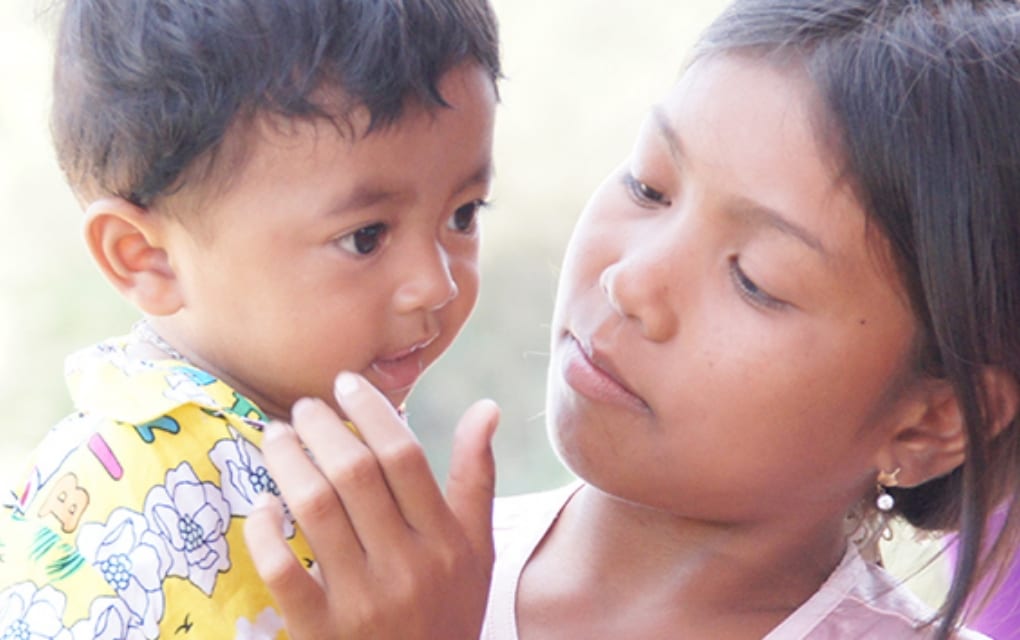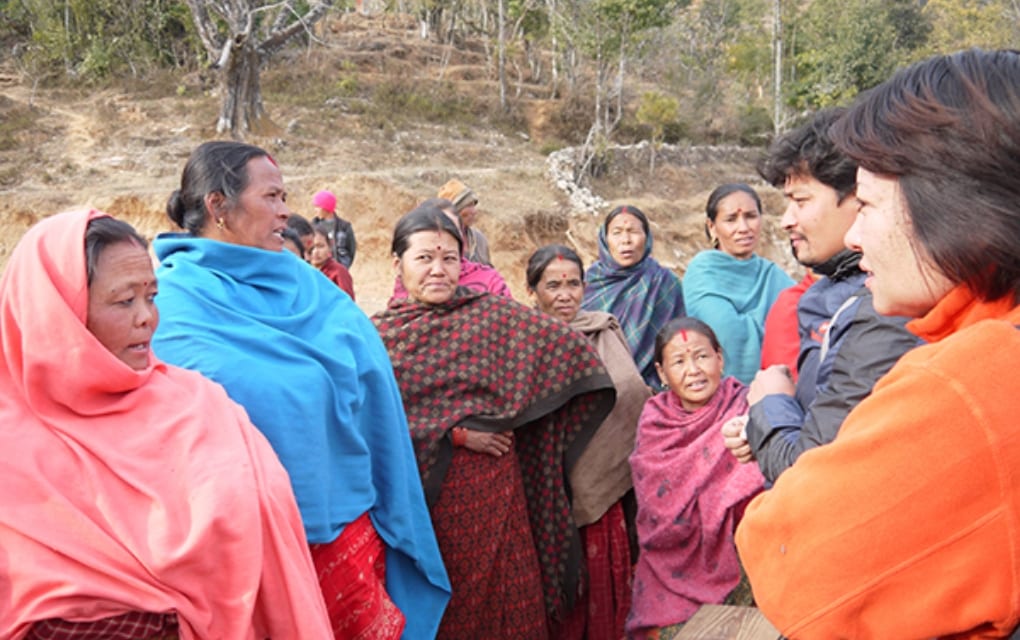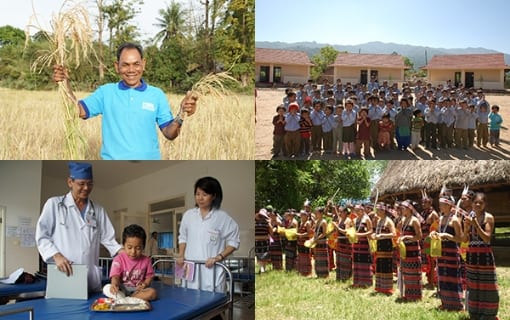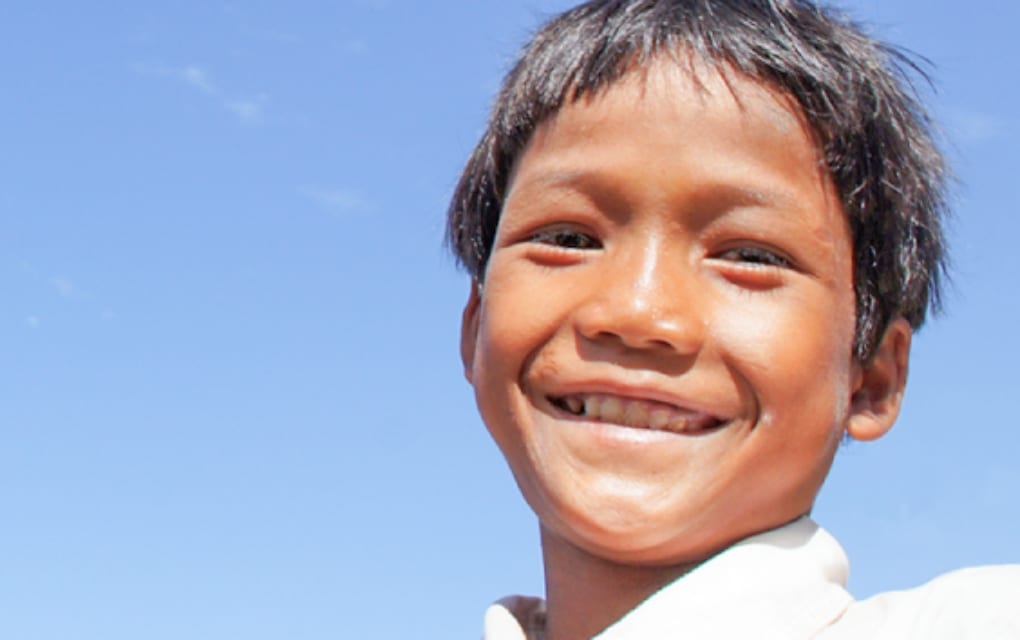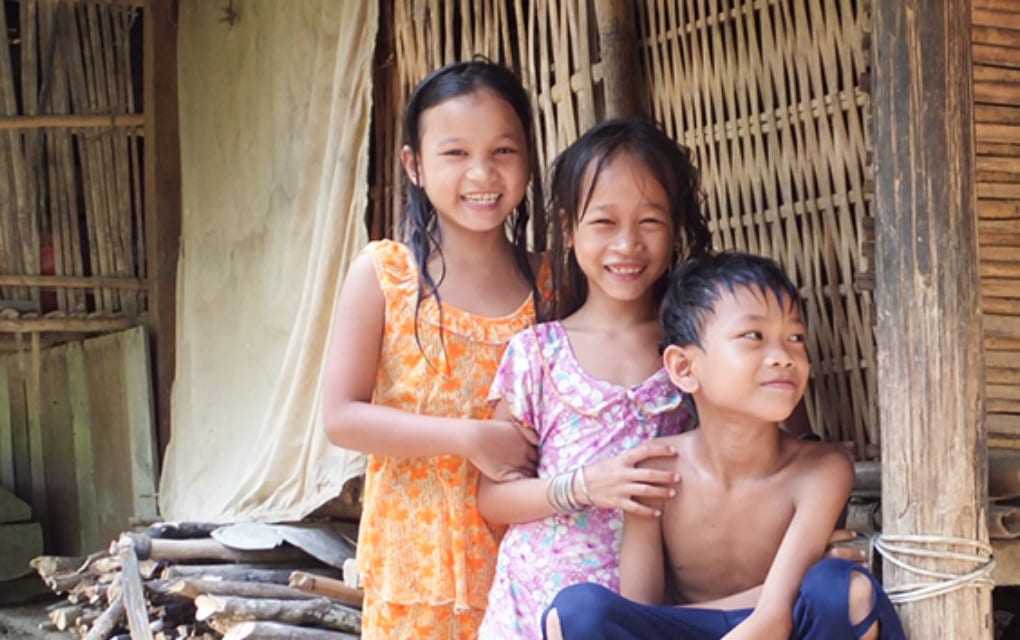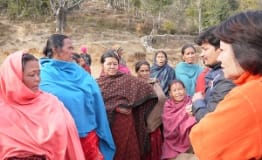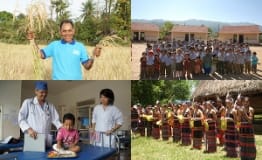My Parents' Inter-Caste and Cross-Cultural Marriage – the Family History of Ms. Khatri from FIDR Nepal
Nepal has diversity in terms of socio-cultural aspects, as 126 major ethnic groups are scattered throughout the three regions of Nepal. The caste system still prevails and are rigid. Hence, Nepalese marriage is mainly determined by caste and ethnicity; however, the modernization has been challenging the social rules.
The people show much concern about caste during the marriage. The people still have a feeling of superiority and inferiority based on the hierarchy of the caste system in Nepal. Therefore, the people who belong to the upper caste have a fear of lower mobility and social exclusion in society. On the other hand, the lower castes have a fear of social exclusion and loss of capital as well as other punishments from society. Marrying a member of the upper caste family is unimaginable in most of the family.
In this article, we will introduce the story of Ms. Khatri, a staff member of AYN Project, the partner NGO of FIDR Nepal, and her parents, who experienced a marriage between different castes in Nepal with the above social background.
___________
In a country like Nepal, where the caste system still silently governs many aspects of life, the story of my parents’ inter-caste marriage stands as a quiet yet powerful act of defiance and love. My father, a Chettri by caste, and a respected leader and Chairperson of the village, fell in love with a young Tamang girl from a neighboring village.
In the quiet hills of Nepal, where villages are close but traditions run deep, my parents’ love story began with something simple - a daily walk to school. My father first saw my mother walking to school from a neighboring village. She was still a teenager, full of dreams and innocence. He was at the age of 27, more mature, but equally sincere in his emotions. Day after day, he watched her pass by, and slowly, he fell in love. But he didn’t keep his feelings hidden. He found a way to express them through love letters. My father began writing love letters every single day. He poured his heart into those handwritten pages, not just expressing his feelings, but also promising respect, care, and a future together. At first, my mother didn’t know how to respond. She was young, cautious, and aware of the world around her, a world where a Tamang girl loving a Chettri man was unthinkable. But over time, the letters did more than just speak; they connected two hearts. My mother slowly fell in love, not just with the man who wrote the letters, but with the strength and sincerity behind him.
Their relationship was never going to be easy. Inter-caste love, especially between a so-called “high caste” and an indigenous community, was taboo in their villages. On top of that, the age gap made their situation even more complicated. My mother was still considered “too young” for marriage by societal standards, because she was just 15 years old at that time, and my father knew that asking for formal approval from either family would result in rejection or worse. Also, as a chairperson of the village, my father’s decisions were watched by all. He knew that marrying a young Tamang girl from a different caste and background could damage his image, raise questions about his leadership, and spark criticism from the community. He was not just breaking a personal boundary; he was crossing a social and political line.
So, with full awareness of the consequences, they chose each other anyway. Knowing their marriage would not be accepted by society or family, my parents made a bold decision, they went for a runaway love marriage. There were no blessings, no rituals, no big celebration. Just two people escaping the chains of tradition to build something of their own. They left behind their villages, their familiar lives, and their comfort zones. They shift to another village to start their new lives together. But in return, they found freedom, freedom to love without permission, to live without caste labels, and to start a life defined by mutual respect.
For my parents, the marriage was not the end of battle, it was the beginning. The real struggle often begins after wedding. They had to start from zero economically, emotionally, and socially. There was criticism, exclusion, and silence from many relatives. They did not get family support. People in the village started distancing themselves. Some refused to talk to my parents. Others spread rumors and gossip. Invitations to family events stopped. My father, once respected as a Chairperson of the village, had to fight to keep his dignity in a place that now questioned his values. For my mother, things were even harder.
Starting from the ground level with no land, no house of his own, and limited resources, my father had to start from zero. He worked day and night to earn enough money for food and shelter and to build a small home where they could live with dignity. While society judged his marriage, they didn’t see his sacrifices such as skipping meals so my mother could eat. Working long hours. Carrying emotional pressure along with financial burden, carrying pain of losing the support of people he had once led, the guilt of seeing his family’s disappointment. He never complained. He never gave up. He carried the weight of survival with strength, not excuses.
In Nepal, when a woman marries, she is expected to adopt her husband’s caste, culture, and religious practices. She raised in Tamang Buddhist traditions, suddenly had to follow Chettri Hindu customs, many of which were new and uncomfortable. The festivals were different. The way of praying was different. The food, the rituals, the language, everything was different. Buddhist rituals, Losar celebrations, and white tika were the norm. In her new Chettri household, everything was different. Hindu traditions, red tika, animal sacrifices, and Sanskrit chants. There was no one to guide her, no one to help her adjust, and no one to comfort her when she missed her family or festivals. During Dashain, when Chettri’s put red tika on their foreheads, she quietly remembered her own culture, where Tamang’s place white tika to symbolize peace. She had to perform rituals which she didn’t understand, pray in a language she never learned, and adapt to customs that didn’t feel like her own. She did all this alone without complaint, without resentment. Because she had chosen love, even though it meant losing a part of herself. This cultural shift was more difficult for her. But she did it with quiet strength. Over time, she learned to balance her Tamang roots with her new identity. Even when no one noticed her sacrifices, she continued with grace and dignity.
Like this, my parents face countless obstacles more than I could ever fully express in a single article. Some of their struggles were visible, but many were silent and painful. Despite everything, my parents stood strong. They worked hard and supported each other. Slowly, they built a home together, one where love mattered more than caste. Their journey was never easy, but it was real. With time at first, both families were disappointed even angry. They could not accept the inter-caste relationship. But time has its own way of healing wounds. As the years passed, and they saw the love, respect, and commitment between the two, hearts began to change. Slowly, both families began to accept the reality. Eventually, they not only accepted the marriage, but embraced each other. What started with fear and rejection ended in reconciliation and unity.


Me As their child, I grew up watching two people who broke rules for love and still held on through the struggles that followed. I grew up with exposure to two different traditions, festivals, foods, languages, and rituals, which makes me more open-minded, more tolerant of diversity, more culturally rich, more flexible and adaptive especially in diverse environments and also motivate me to be strong, independent and brave in our own life choice.
My parents' love story is not just about two people from different castes falling in love, it is a mirror of the deep-rooted caste system and cultural expectations that still exist in many parts of Nepal. Nepal still has a long way to go when it comes to inter-caste acceptance. There are many love stories in our country that never get to bloom because of caste and ethnicity. It is not easy to do an inter-caste marriage in a country like Nepal where caste, culture, and tradition often hold more weight than emotion. Inter-caste marriage is almost impossible in a country like Nepal, but from my parents’ story, I believe it is possible only when there is true love and strength to sacrifice comfort, pride, and even family approval.

For me, the inter-caste marriage of my parents is not just a story of love, it is a story of courage, sacrifice, and silent strength. They faced social rejection, cultural challenges, family pressure, and emotional struggles, but they never gave up on each other, which makes them stronger and more independent. By choosing love over caste, my parents did something rare and brave in Nepalese society. Their story shows that “even in a country where caste barriers still divide people, change is possible when individuals dare to challenge old norms”. Their stories inspire us to marry for love, respect diversity, and build a more inclusive, equal Nepal.
Other staff blogs
Back to List
DONATION
Your generous donation now will have impacts
on children and communities in our fields.

